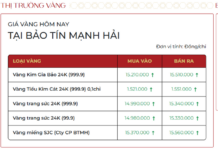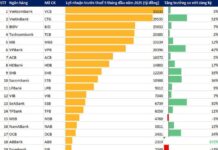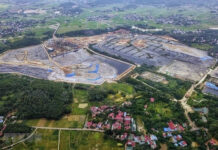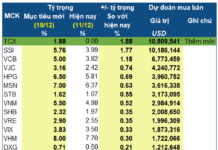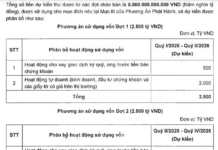Major Shifts in Land Management
Dr. Tran Xuan Luong, Deputy Director of the Institute for Research and Assessment of the Vietnam Real Estate Market, stated that land has long been considered the most fundamental resource for any nation. It is a unique means of production and an irreplaceable foundation for economic and social development. In Vietnam, land management has gone through several pivotal transitions over the past 80 years since the August Revolution in 1945, evolving from feudal ownership to public ownership and eventually entering the market mechanism.
According to Dr. Luong, the first significant event was the Land Reform (1953-1958), a massive social revolution. This involved confiscating land from landlords and distributing it to landless or land-poor farmers, affirming the rights of the farming class, which was the primary productive force at the time. In terms of state management, this period laid the foundation for a new ownership system, transitioning from private to public ownership of land.

Dr. Tran Xuan Luong, Deputy Director of the Institute for Research and Assessment of the Vietnam Real Estate Market.
In 1987, the first Land Law was enacted, affirming public ownership of land under the unified management of the state. An important new development was the state’s granting of land use rights to households and individuals. This marked an initial recognition of rights associated with land, paving the way for the formation of a land use rights market in the subsequent phase.
The 1993 Land Law stands as the most critical milestone. For the first time, land users were granted five fundamental rights: the right to transfer, lease, inherit, mortgage, and contribute capital using land use rights.
“These rights ushered land into a managed market orbit, transforming land use rights into a tradable asset, thus fostering the formation and development of the real estate market,” said Mr. Luong.
According to the Deputy Director of the Institute for Research and Assessment of the Vietnam Real Estate Market, the establishment of the Ministry of Natural Resources and Environment in 2002 marked a turning point, ushering in a more modern and professional phase of land management. The ministry unified the functions of land, resource, and environmental management. Additionally, cyclical amendments to the Land Law occur every ten years. These include:
Land Law 2003: Expanded the rights of land users and emphasized the role of the market.
Land Law 2013: Highlighted the principles of transparency, market-aligned land prices, and enhanced land use rights auctions.
Land Law 2024: Continued robust reforms, synchronizing with the Investment Law, Construction Law, and Real Estate Business Law; accelerated digital transformation and modernization of land management.
The implementation of the 2024 Land Law, which will undergo modifications after a year of operation due to emerging situations and the upcoming local government transition, is highly anticipated.
The “Fourth Revolution” in Land Management
Assessing the significant changes in land management, Dr. Tran Xuan Luong stated that while previous phases, including the 1953 Land Reform (granting land use rights to farmers), the enactment of the 1993 Land Law (forming the land use rights market), and the establishment of the Ministry of Natural Resources and Environment in 2002 (modernizing land management), are considered revolutionary milestones, Vietnam is now undergoing an unprecedented institutional reform, a comprehensive “restructuring” of the management apparatus.
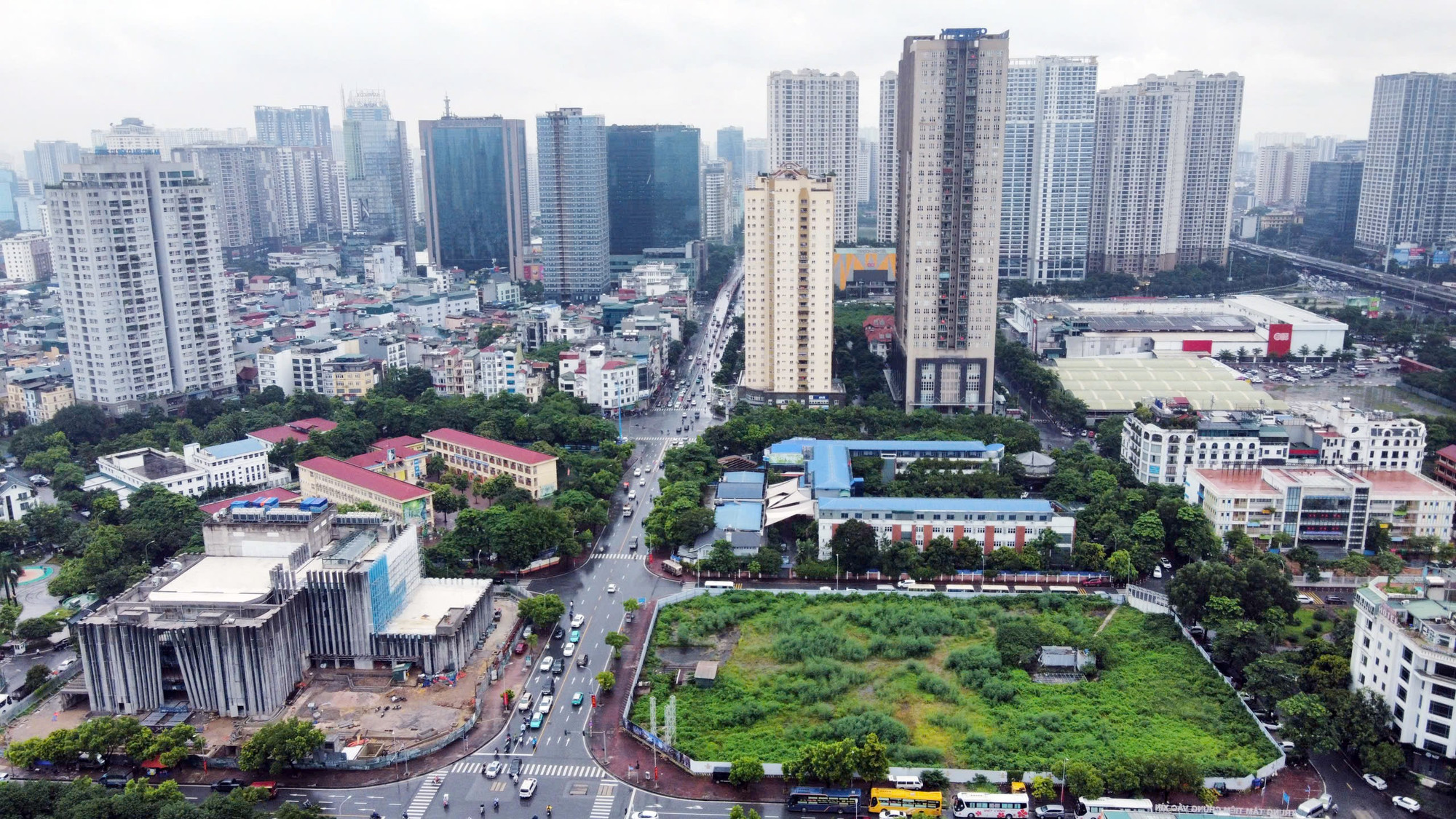
According to Dr. Luong, with the new institutional reform – the merger of provinces and cities, streamlining of the apparatus, and the establishment of a national database – this can be considered the “fourth revolution” in land management in Vietnam.
Dr. Luong noted that the merger of provinces and cities from 63 to 34 administrative units is not merely a reduction in bureaucracy but a “restructuring of land governance space.” The elimination of intermediary layers will eradicate fragmentation, enhance planning and monitoring efficiency, and prevent local parochialism in land management.
The reorganization of the local government model into two levels will significantly reduce the “begging and granting” mechanism, increase transparency, and strengthen accountability. This will enable citizens and businesses to access land-related services more transparently and swiftly.
With the current institutional reform – the merger of provinces and cities, streamlining of the apparatus, and the establishment of a national database – this can be considered the “fourth revolution” in land management, ushering in a new era of modern, transparent, and sustainable land governance.
Dr. Tran Xuan Luong
Additionally, the merger of the Ministry of Natural Resources and Environment with the Ministry of Agriculture and Rural Development into a unified ministry (the Ministry of Agriculture and Environment) with land, resource, and agricultural management functions will eliminate overlaps and ensure inter-sectoral coordination. Land, resources, and agricultural production will be harmoniously and sustainably coordinated.
Furthermore, the development of a modern national land database, integrated with demographic, financial, and tax data, and leveraging AI, blockchain, 3D mapping, and big data, will enhance market transparency, curb corruption, and deter speculation. Digital governance in land management will fundamentally transform how the state regulates the market.
“This can be considered the ‘fourth revolution’ in Vietnam’s land management after the three previous significant milestones, ushering in a new era of modern, transparent, and sustainable land governance. This reform is not merely about changing the apparatus or laws but a turning point in institutional transformation, positioning land as a strategic resource governed by international standards and contributing directly to the goal of making Vietnam a developed country by the middle of the 21st century,” asserted Dr. Luong. He emphasized that the land management reforms across different periods have had significant implications for both the real estate market and national infrastructure development.
In reality, real estate and construction currently account for approximately 1-13% of GDP, becoming one of the leading economic sectors with a strong spillover effect on over 40 other fields, including construction, materials, finance and banking, and employment.
Transparency in land use rights, improved planning, and a robust land database will reduce legal risks and encourage domestic and foreign investors to participate, creating a stable and healthy real estate supply.
Moreover, land serves as the foundation for developing industrial parks, economic zones, and new urban areas, which are pivotal in attracting foreign direct investment, boosting exports, and providing employment for millions of workers.
According to the Ministry of Planning and Investment, now the Ministry of Finance, there are nearly 420 industrial parks nationwide, with over 280 already operational, significantly contributing to industrial production value and export turnover. Additionally, transparent and stable land policies facilitate the mobilization of social resources for infrastructure development in transportation, energy, and smart cities, generating a spillover effect and enhancing the country’s competitiveness.
Recently, in his directive on amending and supplementing the 2024 Land Law, General Secretary To Lam emphasized the need to thoroughly study, evaluate, and identify the existing challenges in the land sector to formulate comprehensive and fundamental solutions. The perspectives, orientations, and critical policies for amending and supplementing the 2024 Land Law and related laws should be thoroughly analyzed, convincingly argued, and feasible.
The Ever-Increasing Complexity of Real Estate Disputes
The rapid evolution of the real estate market has presented a myriad of opportunities and an equal number of challenges.
A Proposal to Reduce Land Use Fees for Residential Purposes
HoREA has proposed that in the event of a Government Resolution, the collection of land use fees when converting agricultural or non-agricultural land to residential land should be clearly specified. They suggest a reduction from 30% to 20% for land within the allocated residential land limit, and from 50% to 30% for land exceeding this limit.
Prosecution Requested for Former Khanh Hoa Provincial Leaders in Relation to the Phuc Son Projects
The Defense Ministry’s Investigation Agency has announced that it has forwarded the case file to the Central Military Procuracy, requesting the prosecution of former leaders of Khanh Hoa Province.






